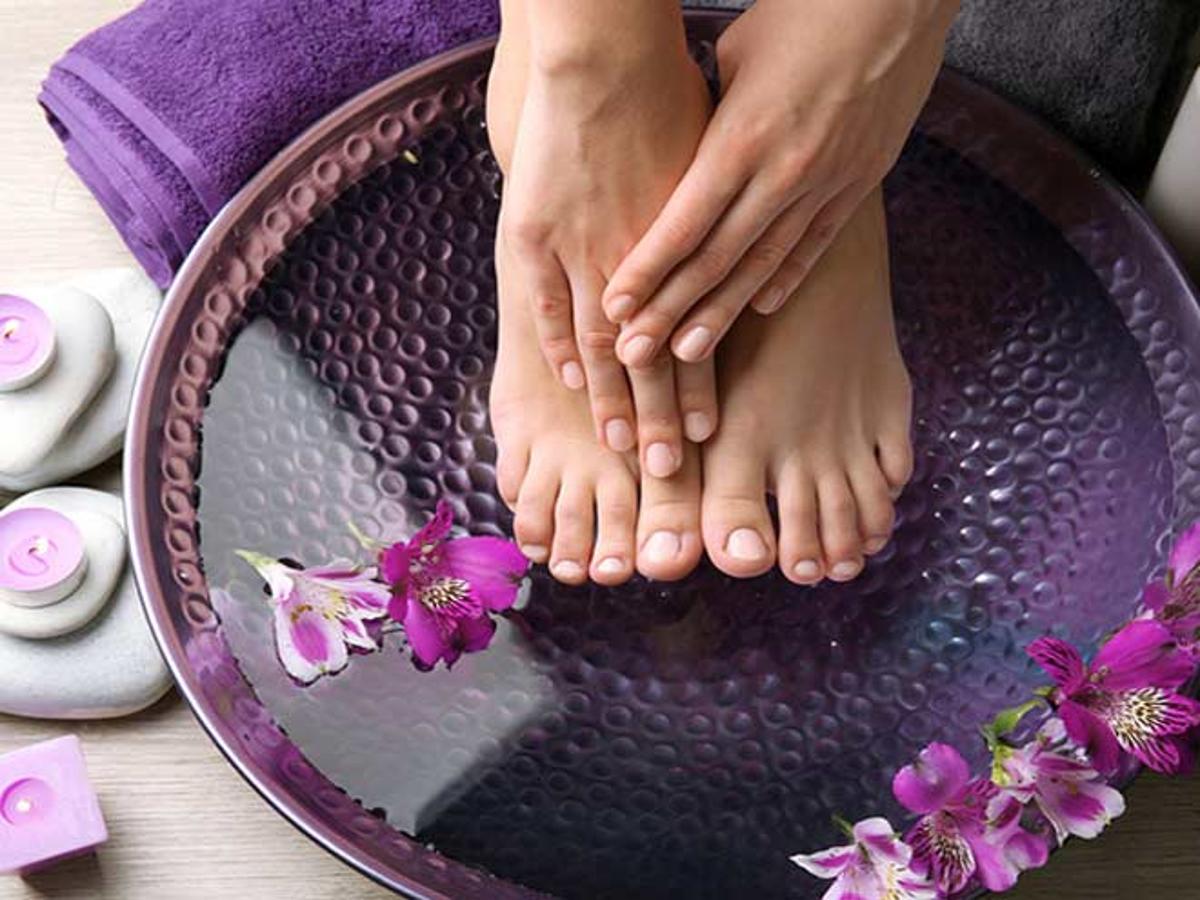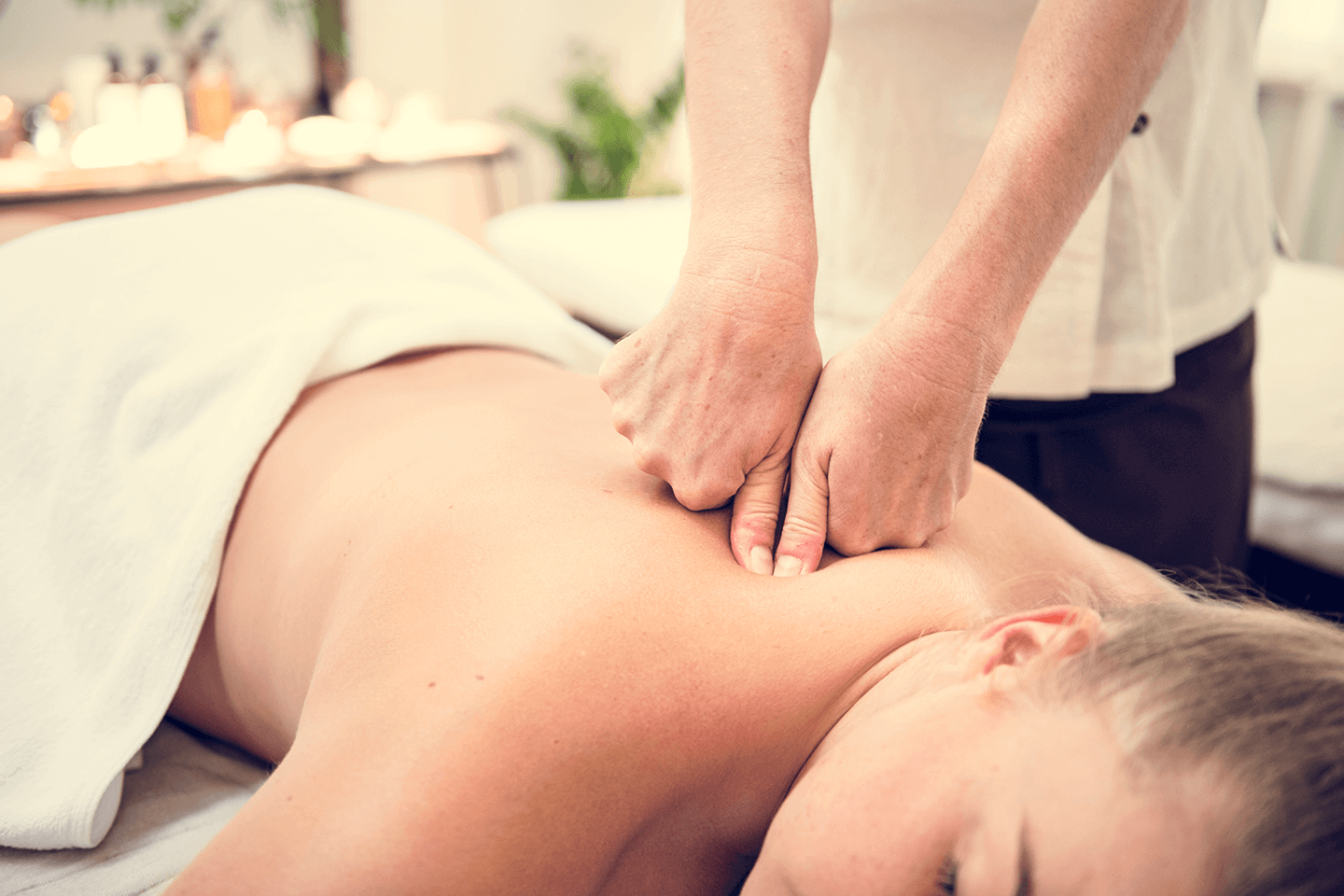Thai massage is a well-known therapeutic technique that was developed in Thailand and has many health advantages for the body and mind. Thai massage includes stretching, acupressure, and energy therapy to enhance general well-being. It has roots in Ayurveda, yoga, and traditional Chinese medicine. The following are some of the main advantages of Thai massage:
1. Greater Flexibility and Range of Motion: A range of stretching techniques used in Thai massage work on various muscle groups and joints. Thai massage increases range of motion, flexibility, and joint mobility through aided stretches and passive yoga-like motions. Athletes, those who lead sedentary lifestyles, or people who have stiffness and limited movement may benefit the most from this.
2. De-stressing and relaxation: Thai massage encourages a state of deep relaxation that lowers stress and eases anxiety. The body’s natural feel-good hormones, endorphins, are released when rhythmic motions, mild rocking, and acupressure points are combined. This promotes mental health improvement, relaxation, and a sense of peace.
3. Better Circulation and Energy Flow: Acupressure techniques termed “Sen” or “Sen Sen” in Thai are used in Thai massage. Thai massage aims to increase the flow of energy throughout the body by applying pressure to specific spots and meridians, which in turn serves to boost blood circulation. Increased circulation aids in the elimination of toxins and waste materials while supplying the tissues with new oxygen and nutrients.
4. Pain relief and muscle tension release: Thai massage focuses on particular body parts that have tension and discomfort. Acupressure, compression, and deep stretches work together to ease pain, reduce muscular tension, and treat musculoskeletal disorders like headaches, neck discomfort, and back pain. Additionally, the pressure used in Thai massage promotes the body’s natural painkillers to release, which also helps to reduce pain.
5. More Energy and Vitality: Thai massage works to promote overall vitality and balance the body’s energy flow. Thai massage increases energy levels and restores the body’s natural equilibrium by promoting the flow of energy through acupressure and stretching. Following a Thai massage session, clients frequently say they feel reenergized, refreshed, and with a restored sense of vitality.
6. Better Posture and Body Alignment: The various stretching and manipulation techniques used in Thai massage can aid to better posture and body alignment. Thai massage helps to improve posture and a more balanced musculoskeletal system by relaxing the muscles, stretching out tight spots, and realigning the body. In turn, this can enhance body mechanics, boost general physical well-being, and aid in the prevention of chronic pain.
7. Improved Mind-Body Connection: The fundamental principles of Thai massage are mindfulness and awareness. A meditative state is produced during a session when the client and the therapist both practice present-moment awareness. This may result in a stronger sense of inner harmony, greater self-awareness, and a link between the mind and body.
It’s crucial to remember that Thai massage might not be appropriate for everyone, especially if they have certain illnesses or injuries. Before receiving a Thai massage, it is advisable to speak with a licensed healthcare provider, especially if you have any concerns or underlying medical conditions.
Thai massage addresses both the physical and energetic parts of the body, providing a holistic approach to wellbeing. It offers a distinctive and advantageous experience for people seeking relaxation, pain alleviation, increased flexibility, and increased vitality since it combines stretching, acupressure, and conscious awareness.



